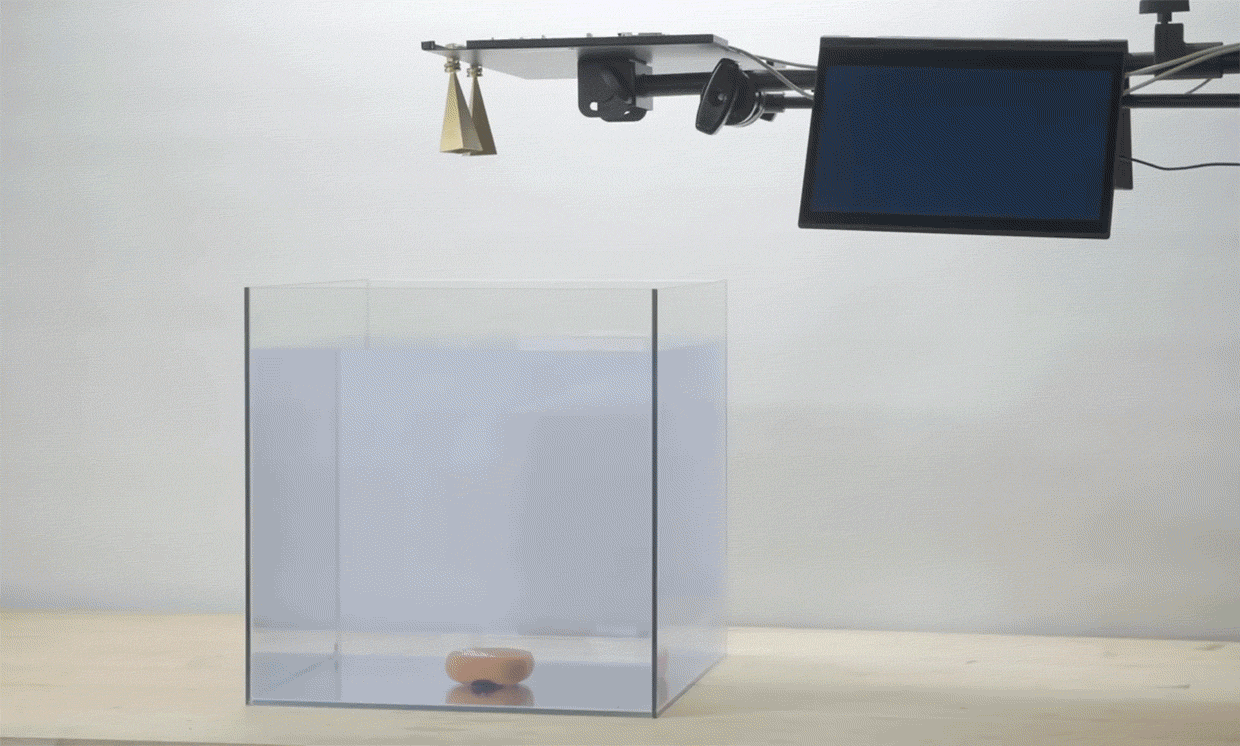Now submarines can communicate wirelessly with airplanes and drones
Submarines must surface to broadcast a message. The same is true for underwater drones. This is because submarines and drones utilize sonar, or sound waves, to communicate, while planes and aerial drones typically use radio signals (radar). Radar and sonar just don’t mix! Radar can travel for miles through the air, but the signal attenuates quickly in water. Sonar signals can’t break through the water-to-air surface.
Historically, submarines attempt to stay underwater as much as possible to avoid detection, which leaves them unable to communicate to aircraft. Underwater exploration drones for offshore industry must interrupt their observations to transmit gathered data. Similarly, drones used for deep-sea exploration cannot send their data to scientists without either rendezvousing with above the surface vessels or buoys that act as intermediaries. Now, this may all change thanks to new research from MIT.
According to IEEE Spectrum, “Now, a team at MIT has developed a technique for an underwater source to communicate directly with a recipient above the surface. And it could be useful for more than just submarines—underwater exploration and marine conservation could benefit as well.”
The system, developed by Fadel Adib, assistant professor in the MIT Media Lab, and his graduate student Francesco Tonolini, converts sonar directly to radar. It lets planes and drones monitor the water’s surface for incoming messages from subs and underwater drones.
“Trying to cross the air-water boundary with wireless signals has been an obstacle. Our idea is to transform the obstacle itself into a medium through which to communicate,” Adib told MIT News.
The system, translational acoustic-RF communication (TARF), transmits a sonar signal directly to the water’s surface. The signal causes small vibrations at the surface. A highly-sensitive millimeter wave receiver reads and decodes the tiny disturbances.

Three options for cross-boundary communications. (a) RF to RF communication fails due to signal decay. (b) Acoustic to acoustic communication fails due to sound reflection. (c) TARF utilizes acoustic to radio waves to successfully communicate. Image Credit: MIT Media Lab
Building and testing the system
The transmitter is a standard underwater speaker. The signals use different frequencies to correspond to data bits. The transmitter uses signals in the 100-200 hertz frequency range, standard for underwater communications by submarines and AUVs due to low attenuation and long travel distances in water. A “0” is transmitted as a 100-hertz wave, and a “1” is transmitted as a 200-hertz wave.
According to the paper the team presented at the recent SIGCOMM conference, “The acoustic signal travels as a pressure wave inside the water. When the pressure wave hits the water surface, it causes a surface displacement that is proportional to the pressure wave.”
The TARF receiver is a millimeter wave sensor. It transmits a wideband signal and measures the reflections off the water’s surface. It analyzes the variations in the RF reflections and uses them to decode the bitstream sent by the transmitter.
Decoding the signal, even in waves
The team identified three main challenges in decoding the captured RF reflections: First, the vibrations are very minute, on the order of a few microns. Second, the reflections are easily masked by the ocean’s waves, which are three to six orders of magnitude larger than the perturbations caused by the submerged sound source. And lastly, the transmitter cannot adjust for the channel quality, especially since the communication is unidirectional. The transmitter cannot receive directions from the airborne sensor.
The team implemented TARF’s decoder in MATLAB. They designed filters to mitigate their impact on the received signal. The algorithms decode and eliminate the unwanted interference from the waves by treating them as structured interference.
Their signal processing algorithms use the frequency of waves to tell the difference between large, naturally occurring waves and the tiny ones created by the underwater speaker. The initial approach only works in waves of up to 6 inches high, but the team plans to refine the system to work in ocean waves.
Successfully tested in MIT swimming pools
The team tested TARF in a water tank, and in two different pools on the MIT campus. To simulate mild waves, swimmers splashed in the pool. In both the water tank and the pools, TARF was able to accurately decode various data — such as the sentence, “Hello! from underwater”. The data rate is similar to standard underwater communications, in the range of hundreds of bits per second,
“Even while there were swimmers swimming around and causing disturbances and water currents, we were able to decode these signals quickly and accurately,” says Adib.












コメント
コメントを残すには、ここ をクリックして MathWorks アカウントにサインインするか新しい MathWorks アカウントを作成します。